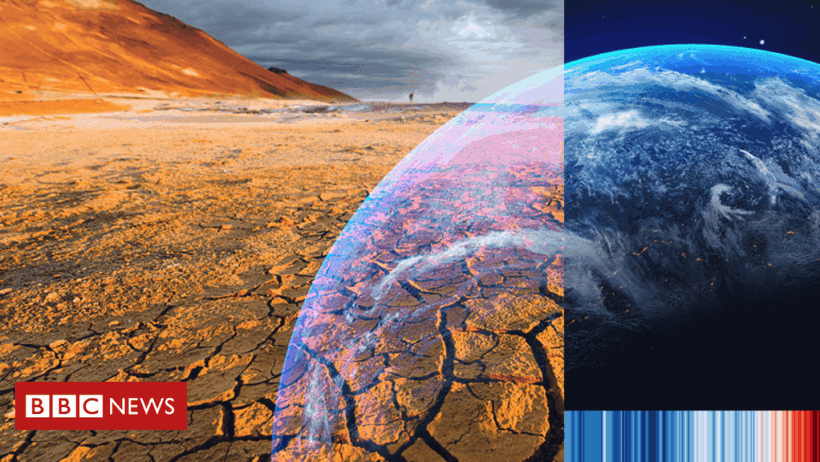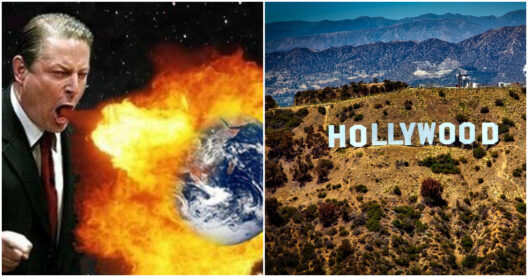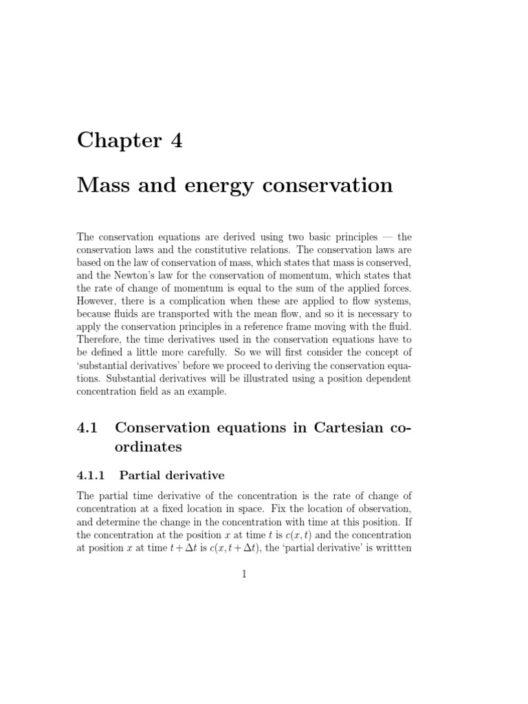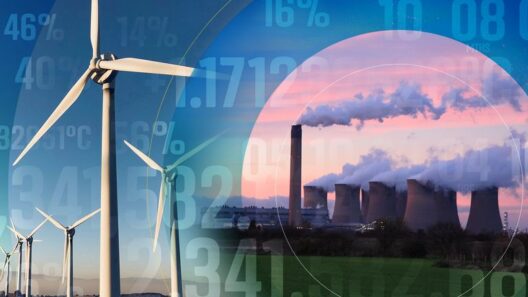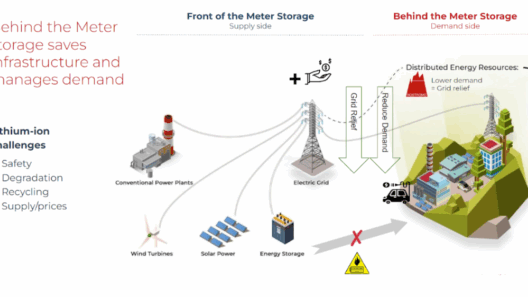Climate change is a remarkably complex phenomenon that transcends the boundaries of scientific disciplines, weaving together chemistry, physics, biology, and even social sciences. Understanding the chemistry of climate is not merely an academic pursuit; it is essential for grasping the realities of global warming and its implications for the world. This interplay between chemistry and climate presents a unique opportunity for high school students to engage with subjects that are both intellectually stimulating and critically important for societal development.
At the core of climate change is the greenhouse effect, a natural process that warms the Earth’s surface. Without this effect, our planet would be inhospitably cold, with average temperatures hovering around -18 degrees Celsius. However, human activities—particularly the combustion of fossil fuels—have augmented this process, leading to concerning increases in global temperatures. The primary culprits here include carbon dioxide (CO2), methane (CH4), and nitrous oxide (N2O), all of which have arisen primarily from industrial activities, agriculture, and deforestation.
The chemistry behind the greenhouse effect is steeped in molecular interactions. These greenhouse gases absorb infrared radiation emitted by the Earth’s surface, re-emitting it in all directions, including back towards the surface. The ability of a gas to contribute to climate change depends on its concentration in the atmosphere, its capacity to absorb infrared radiation, and its lifespan in the atmosphere. For instance, CO2 remains in the atmosphere for centuries, while methane, despite being more effective at trapping heat, has a shorter atmospheric lifetime.
In high school chemistry classes, students often learn about the periodic table and molecular structures, but the real-world applications of this knowledge are profound. The understanding that carbon, oxygen, and nitrogen—as well as their compounds—play crucial roles in atmospheric chemistry enables a deeper appreciation of how chemical reactions can manifest in larger environmental trends. For example, the reaction of CO2 with water (H2O) leads to the formation of carbonic acid (H2CO3), which can contribute to ocean acidification, a phenomenon affecting marine life and ecosystems.
Students can conduct experiments that illustrate the greenhouse effect using simple materials. For instance, they can use glass jars, thermometers, and incandescent light bulbs to create a mini-greenhouse setup. By measuring temperature changes in a jar with CO2 versus one filled with air, students can visually grasp the concept of gas absorption and heat retention. These practical demonstrations are not simply engaging; they serve as a bridge between theoretical knowledge and its implications in the real world.
Beyond individual experiments, the study of climate chemistry also leads to significant discussions regarding human impact on the environment. The emission of greenhouse gases is directly correlated with industrialization and societal progress—an uncomfortable truth that invites a deeper examination of sustainability practices. In this regard, students can explore biomimicry as a method for solving environmental challenges, drawing inspiration from nature to innovate sustainable materials and practices.
Additionally, students studying climate chemistry often delve into the relationship between atmospheric components and climate systems, including feedback loops that can exacerbate global warming. For example, as polar ice melts due to rising temperatures, less sunlight is reflected back into space, leading to further warming—a phenomenon known as the albedo effect. This cyclical relationship illustrates the interconnectedness of various scientific concepts and highlights the urgency of addressing climate change.
Discussions about climate change also offer opportunities to examine policy implications. The Kyoto Protocol and Paris Agreement exemplify attempts to manage greenhouse gas emissions on a global scale. Students can investigate how chemical knowledge plays a pivotal role in policy-making, ranging from carbon trading to renewable energy initiatives. The integration of chemistry into policy discussions elevates the conversation from pure science to considerations of ethics and social responsibility, ultimately encouraging a more holistic view of environmental stewardship.
One compelling aspect of climate chemistry lies in its global narrative. While individual nations grapple with their contributions to climate change, the effects are universal. Extreme weather events, rising sea levels, and shifts in biodiversity are not confined by borders; they affect every inhabitant of the planet. By studying global warming through the lens of chemistry, students understand that combating climate change is a collective effort that requires coordinated action across nations.
Moreover, the exploration of alternative energy sources, such as solar, wind, and biofuels, emphasizes the significance of ongoing research in chemistry and environmental science. Students can conduct projects exploring the efficiency of different energy sources and their environmental impacts. This hands-on experience fuels curiosity, and ignites passions for science that extend beyond the classroom.
Finally, as students immerse themselves in the chemistry of climate, they are invariably led to ask critical questions: How can we mitigate human impact on our planet? What innovative solutions can be developed to address the challenges posed by climate change? By synthesizing knowledge across disciplines including chemistry, students not only gain insights into environmental issues that directly affect their lives but also cultivate a sense of agency and responsibility to foster a sustainable future.
The chemistry of climate is a paradigm that not only illustrates the intricate connections between elements and the environment but also serves as a call to action for the next generation of scientists, policymakers, and citizens. Understanding these chemical dynamics is not merely an academic endeavor; it’s a crucial step in safeguarding our planet for future generations.



